How much you REALLY need to earn to be considered middle-class in America’s 20 largest cities
In recent years, a middle-class lifestyle has become increasingly unattainable. Recent data shows that even the twenty largest metropolitan areas have high barriers to entry into this economic group.
Take San Francisco, for example, which requires an annual household income of about $85,000, according to the 2022 census. This was the highest salary needed to be considered middle class among the top 20 most populous metropolitan areas.
Closely followed by the metropolitan areas around Washington DC, Seattle and Boston, where incomes of $78,000, $71,000 and $70,000 are required.
Middle-class households in Denver and San Diego rank fifth. To meet the standard, both households must have incomes of at least $66,000.
But these numbers represent the very lowest cutoff when it comes to classification, with thousands of households in the top three with incomes over $200,000 still considered middle class.
A middle-class lifestyle has become increasingly unattainable in recent years — especially in certain cities across the country. Some metros, like the one around Tampa (pictured here), charge far less, with the Florida city asking just $46,000 to meet the standard
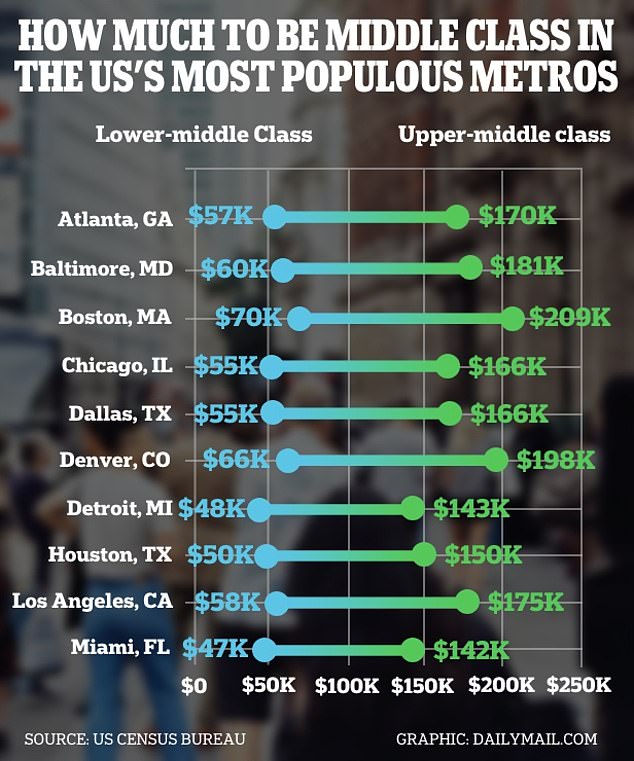
Shown: The average incomes needed to be considered middle class in the top 20 most populous metropolitan areas
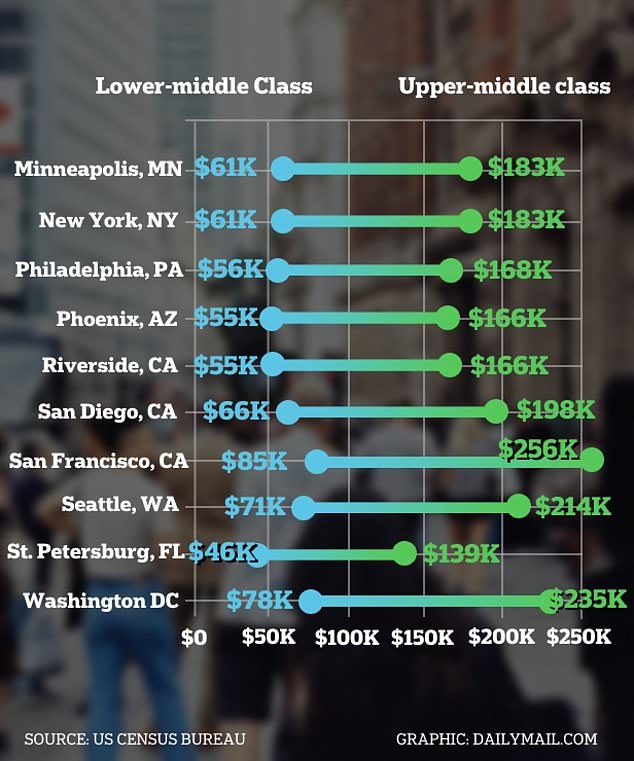
Shown: The average incomes needed to be considered middle class in the top 20 most populous metropolitan areas
That’s because the term is defined as households earning an income somewhere between two-thirds and twice the local median income.
In the case of San Francisco, that’s just under $130,000, the census found.
Besides the Bay Area, Washington, D.C., Seattle, and Boston were the only other metropolitan areas where an income of $200,000 wouldn’t immediately put you in the upper class. To reach that threshold, you’d need a few thousand more.
To get into the top economic class, you need $198,000 in Denver and San Diego.
After this, there was another tie, this time between the metropolitan areas around New York City and Minneapolis.
Despite the differences, households in both areas must earn $61,000 to achieve middle class status, with a maximum income of $183,000.
The eighth highest lower middle class income belonged to the Baltimore-Columbia-Towson metropolitan area, also known as Central Maryland.
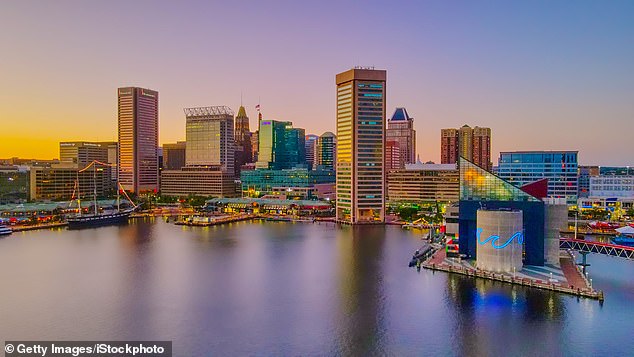
The eighth highest lower middle class income belonged to The Baltimore–Columbia–Towson Metropolitan Statistical Area, also known as Central Maryland. There, households must earn just over $60,000 to qualify for the classification

Completing the top ten was none other than Los Angeles (pictured), where $58,000 will earn residents the distinction of being middle class
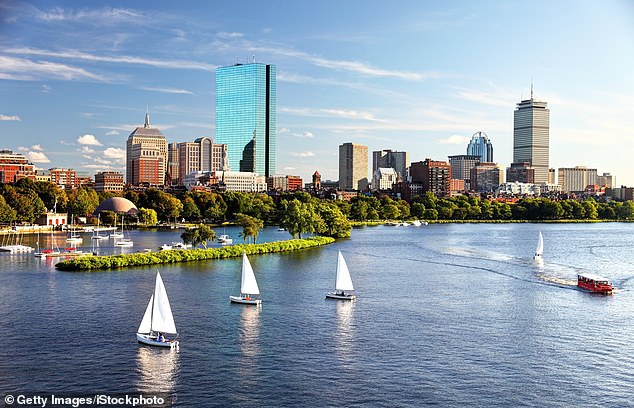
The Boston subway (pictured here) had one of the highest minimum incomes for the middle class: $70,000 to be exact
To qualify for this classification, households must earn just over $60,000.
Completing the top ten was none other than Los Angeles, where residents earn the distinction of being “middle class” at $58,000.
The 10 that followed were the other most densely populated metropolitan areas in the U.S., ranging in size from the relatively small Miami to Houston and the sprawling system of suburbs and cities that surround it.
The eleventh highest median income metro area was Atlanta, the largest metro area in the U.S. Census Bureau’s Southeast region.
An income of $57,000 is considered adequate there — nearly $20,000 less than the actual median household income of $74,580.
The area surrounding the City of Brotherly Love ranked second, with $56,000 deemed necessary to meet the middle-class standard.
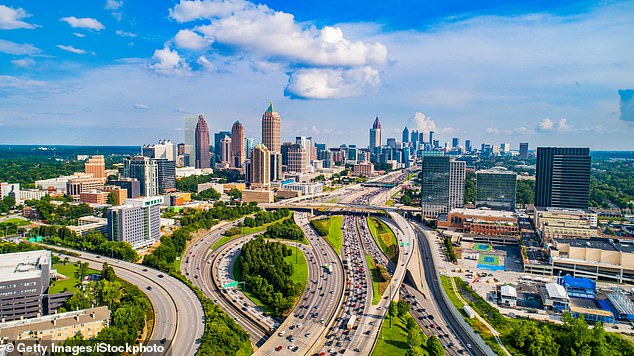
The 11th-highest metro area with a middle-class minimum income was transportation hub Atlanta, the largest metro area in the Census Bureau’s Southeast region. An income of $57,000 is considered adequate there, nearly $20,000 less than the median household income.
Chicago, Dallas, Phoenix and the California communities near Riverside tied for fourth, all with a minimum middle-class income threshold of $55,000.
Next came Houston, where a combined household income of $50,000 was required to be middle class.
The last three were the metropolitan areas around Detroit, Miami and Tampa, in that order, where incomes of $48,000, $47,000 and $46,000 are needed.
As of July 2021, there were 421 metropolitan statistical areas in the US.
